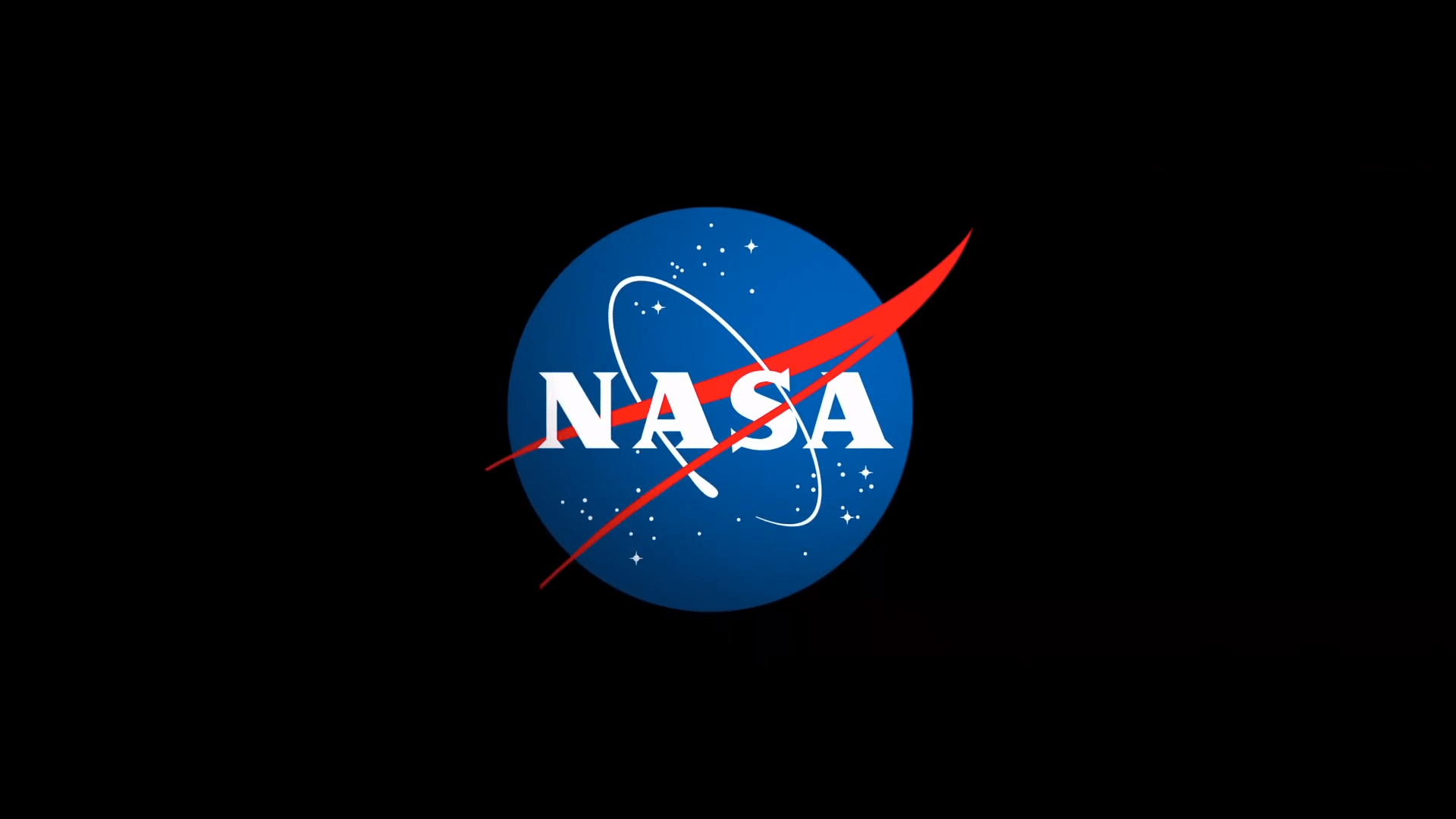NASA has awarded $3.7 million to 11 teams to support new collaborations between the agency and United States institutions not historically part of the agency’s research enterprise. These are the first awards given through a new program from the agency’s Science Mission Directorate (SMD) to improve diversity, equity, inclusion, and accessibility in the science and engineering communities, as well as NASA’s workforce.
“As the agency continues to build relationships with under-resourced institutions through initiatives like the bridge program, we are intentionally increasing equitable access to NASA for the best and brightest talents in our nation,” said Shahra Lambert, NASA senior advisor for engagement. “These partnerships will help NASA develop a diverse and capable workforce to further our understanding of the cosmos.”
NASA’s SMD Bridge Program provides seed funding for research projects that will build strong foundations for long-lasting relationships with the agency. The projects offer hands-on training and mentorship for students, as well as new research opportunities for faculty, to help science and engineering students transition into graduate schools, employment by NASA, or science, technology, engineering, and math careers generally.
The teams are led by faculty at institutions that represent new collaborations for NASA. These include Hispanic-serving institutions, Historically Black Colleges and Universities, Asian American and Native American Pacific Islander-serving institutions, and primarily undergraduate institutions. The research projects connect these institutions to seven NASA centers and could impact more than 100 students.
“We applaud this inaugural cohort of grant recipients for their innovative research projects, which will make important connections between students, faculty, and NASA,” said Michael New, Science Mission Directorate deputy associate administrator for research at NASA Headquarters. “These awards are a first and important step for the SMD Bridge Program in supporting long-term relationships toward creating a more diverse and robust STEM workforce.”
There is an additional opportunity to apply for seed funding through the SMD Bridge Program. Applications are open until Friday, March 29.
The following projects were selected as the first cohort to receive seed funding:
“Diversifying Student Pipelines in STEM: Environmental Pollution Reduction Inspired by Planetary Science”
This project, a collaboration that brings California State University, Los Angeles, together with NASA’s Jet Propulsion Laboratory in Southern California, and California State Polytechnic University, Pomona, draws from the field of planetary science to address environmental pollution.
“FireSage: SJSU-NASA ARC Bridge Seed Program”
FireSage is a collaboration between San Jose State University’s Wildfire Interdisciplinary Research Center and the Earth Science Division at NASA’s Ames Research Center in California’s Silicon Valley. It engages students in a computing, artificial intelligence, and machine learning research project and training activities in wildfire science.
“Hampton University STEM Experience with NASA Langley Research Center Doppler Aerosol Wind Lidar”
This collaboration between Hampton University and NASA’s Langley Research Center in Hampton, Virginia, offers a foundation in the advancement of planetary boundary layer studies with Lidar remote sensing.
“Development of Antireflection Coatings for Future NASA Missions”
This project is a collaboration between Delaware State University and NASA Goddard, working with transparent, electrically conductive films to design and produce an environmentally durable anti-reflection coating for guidance, navigation, and control Lidar.
“CUBES: Capacity Building Using CubeSats for Earth Science”
This collaboration between Tuskegee University, the Laboratory for Atmospheric Science and Physics at University of Colorado, and NASA Ames uses CubeSats to provide faculty and students with experience designing and executing science mission flight projects.
“Space Materials and Microbiome Research: A Bridge to Future JSC Workforce”
In this project, the University of Houston-Clear Lake collaborates with NASA’s Johnson Space Center in Houston. The project’s Composite Materials track will develop a protective nanocomposite shield for spacecraft materials, while the Microbiome track will create a comprehensive library of draft bacterial genomes.
“The HALOQUEST: Halobacterium Astrobiological Laboratory for Observing and Questioning Extraterrestrial Signatures and Traits Project”
This collaboration between California State University, Northridge, and NASA JPL will study Halobacterium salinarum NRC-1 grown under simulated stressful environmental conditions, which could help understand possibilities for life on other planets.
“Observations of Ice-Water and Isotopes Using Mid-Infrared Laser Heterodyne Radiometer LIDAR”
In collaboration with NASA Goddard, Delaware State University will develop Earth science, planetary exploration, and sensing technologies, including a lunar rover payload with instruments to simultaneously detect and correlate water isotopes with other trace gas species.
“Application of Remote Sensing for Predicting Mosquito-Borne Disease Outbreaks”
This project is a collaboration between Southern Nazarene University and NASA JPL to identify areas at risk for mosquito-borne disease outbreaks using remote sensing data.
“Building a Diverse, Sustainable, and Robust Undergraduate-to-Graduate STEM Network through Inter-Institutional, Interdisciplinary Research Collaborations in Complex Fluids/Soft Matter”
This project is a collaboration between Colorado Mesa University and NASA’s Glenn Research Center in Cleveland to strengthen and grow a research, education, and training network centered around problems in complex fluids and soft matter, with initial emphasis on heat transfer and multiphase flows.
“Additive Manufacturing of Electronics for NASA Applications”
This project, a collaboration between Florida A&M University and NASA’s Marshall Space Flight Center in Huntsville, Alabama, and NASA Goddard, will explore technology solutions through additive manufacturing approaches to manufacture strain and gas sensors.
Learn more about the SMD Bridge Program at:
https://science.nasa.gov/researchers/smd-bridge-program/
-end-
Alise Fisher
Headquarters, Washington
202-358-2546a
alise.m.fisher@nasa.gov

























